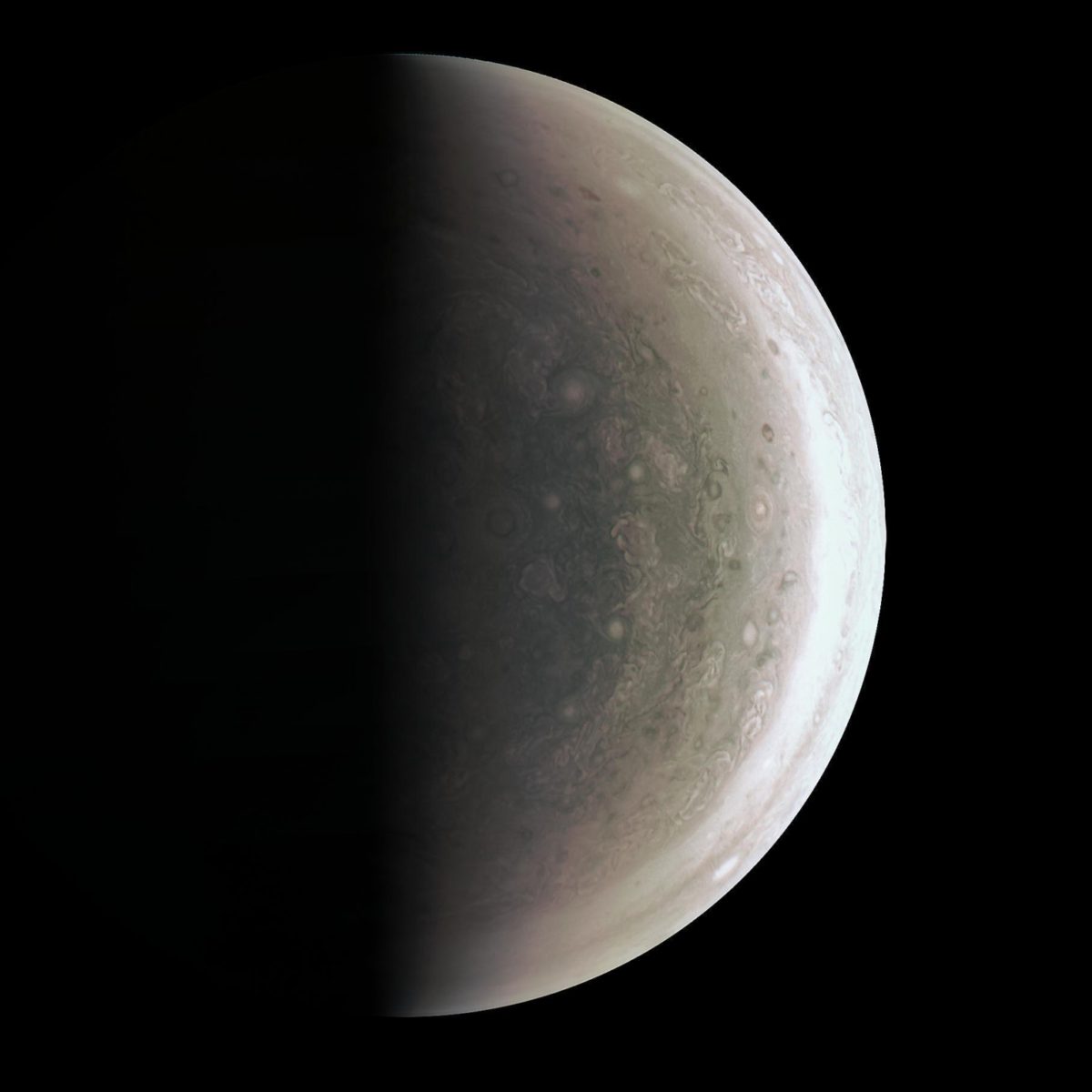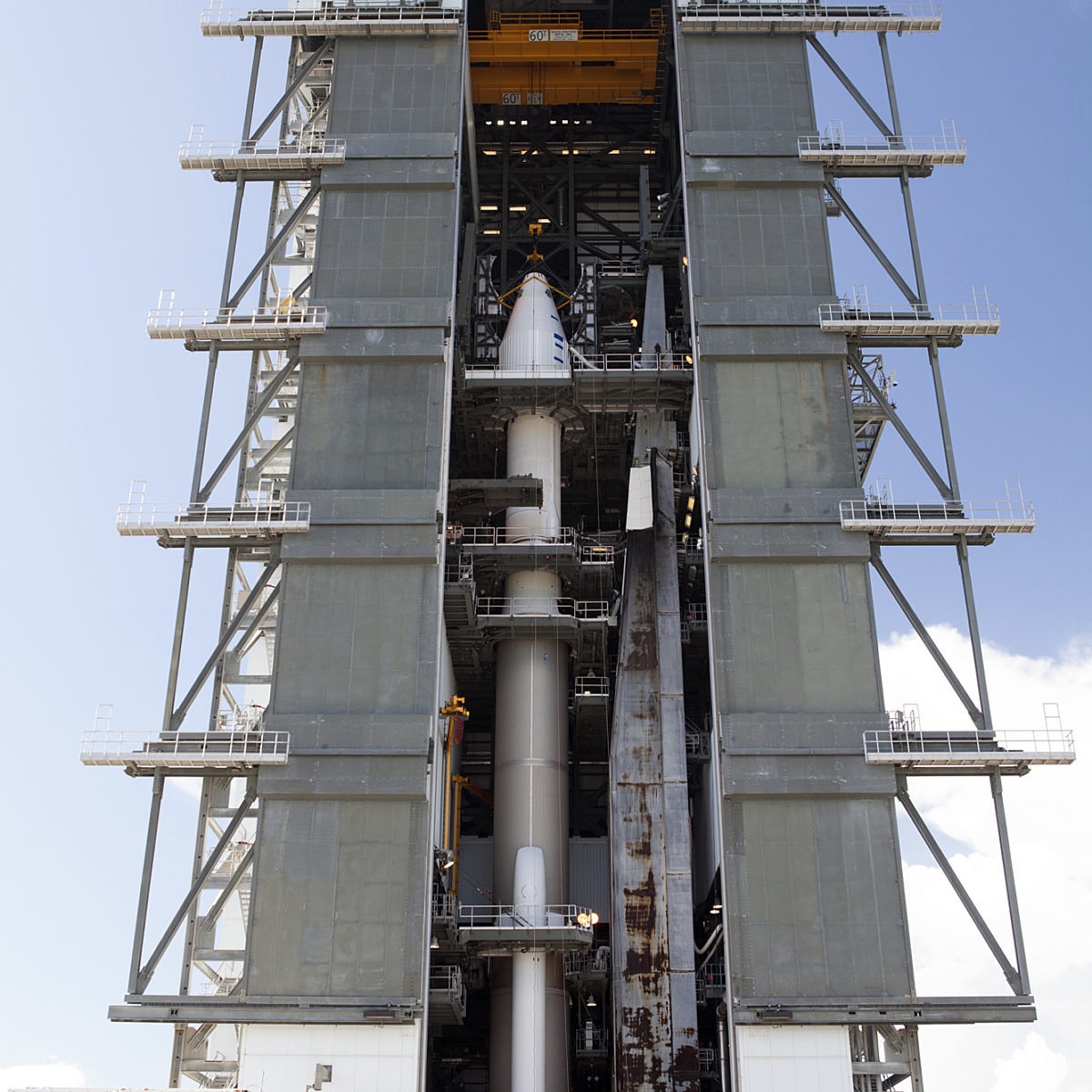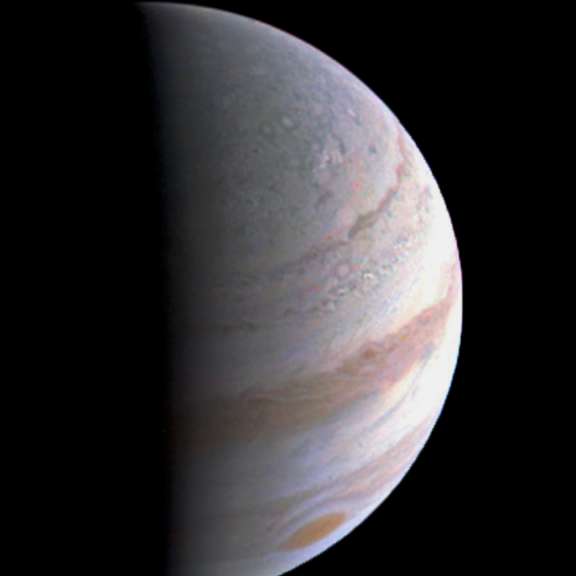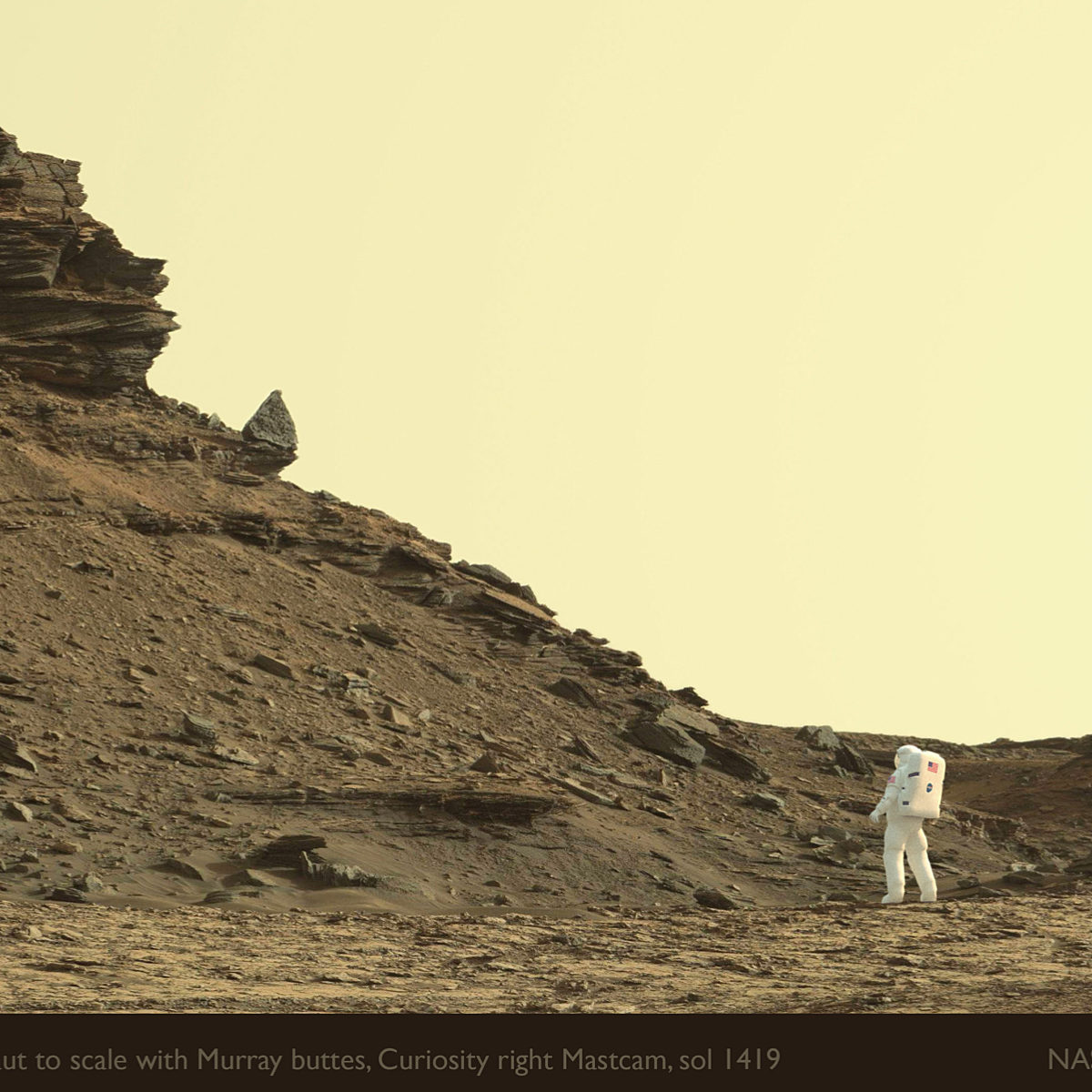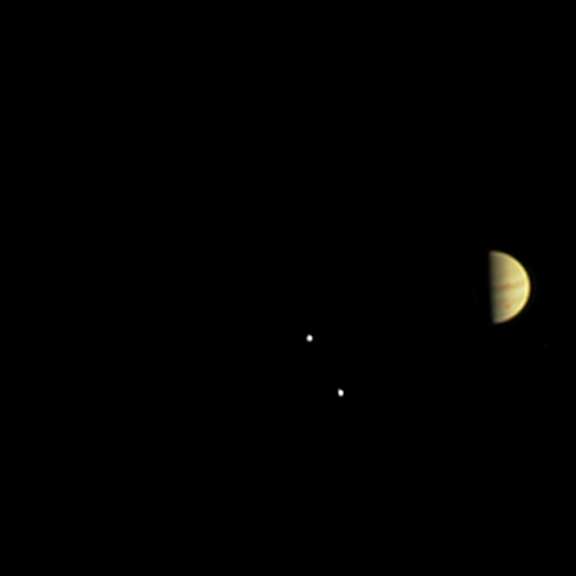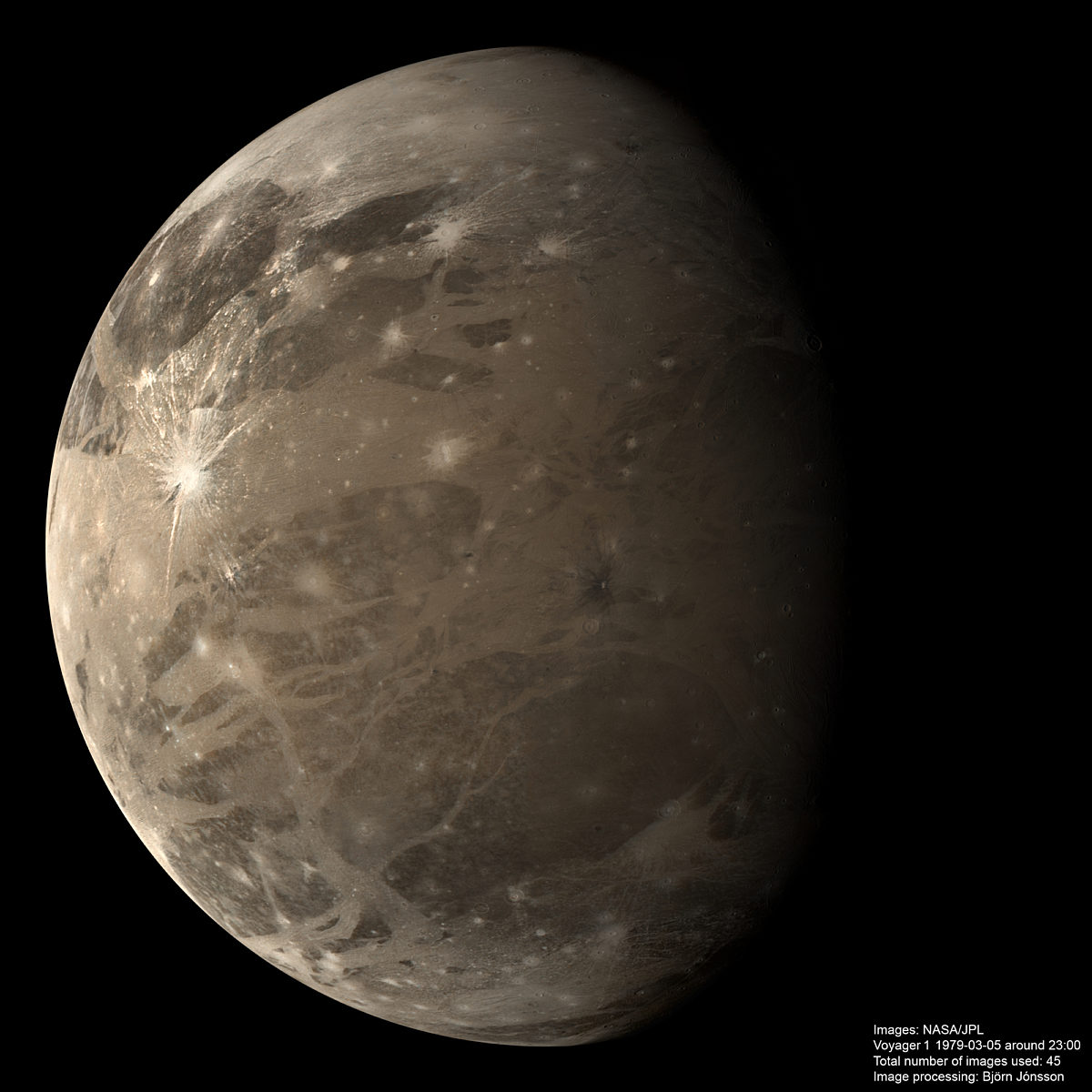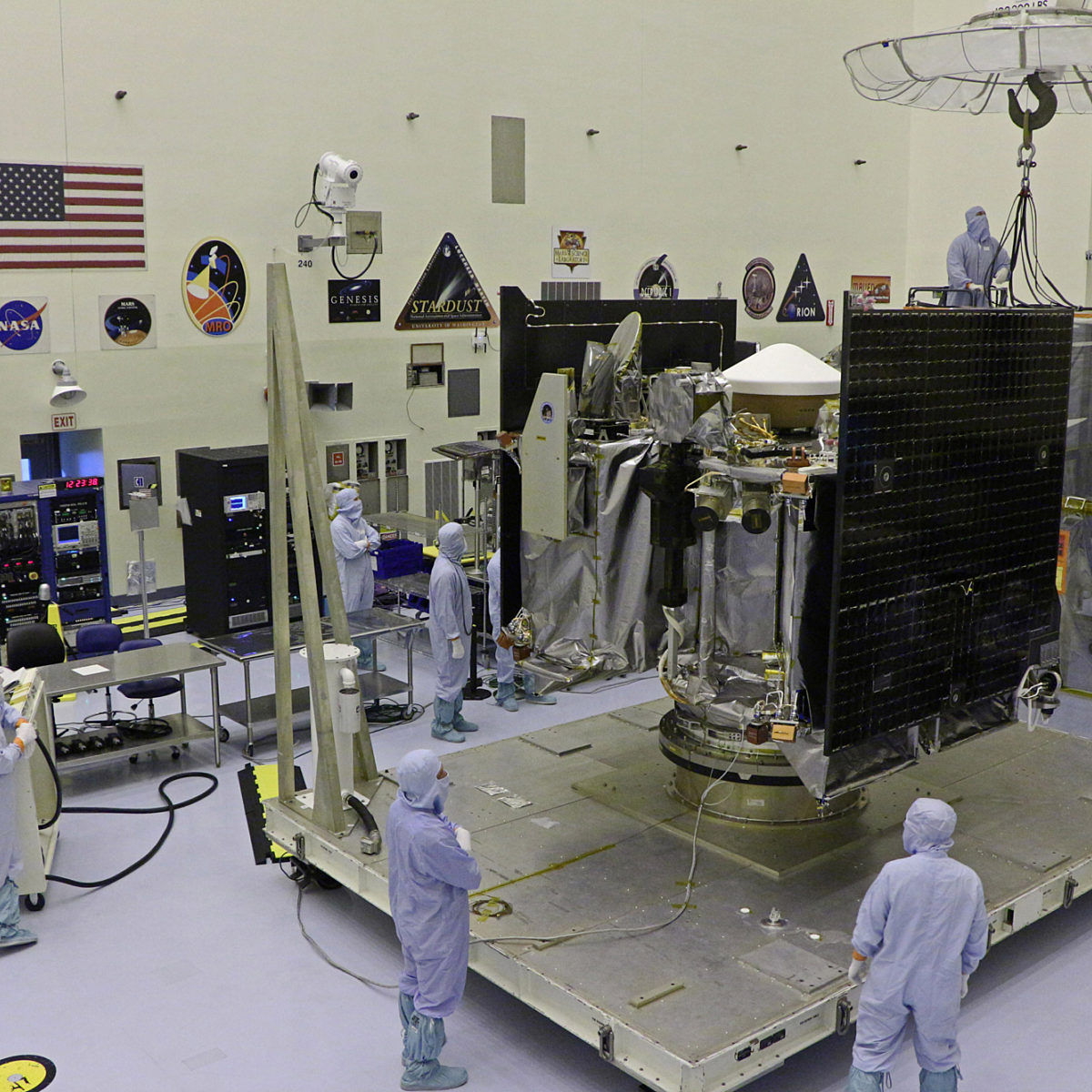All
All
Stories, updates, insights, and original analysis from The Planetary Society.
Philae spotted on the surface of comet Churyumov-Gerasimenko
Ever since its landing, Philae has been elusive. It went silent just three days later and never returned any more science data, though it made brief contact with the orbiter last summer. Now, just a month until the planned end of the Rosetta mission, the orbiter has finally located the lander in a stunning high-resolution view of the surface.
Juno's instruments return riches from first perijove
On August 27, Juno soared across Jupiter's cloud tops from pole to pole, with all instruments operating. NASA posted some terrific first results from several of the instruments today. And the JunoCam team released all 28 raw images taken during the close encounter.
OSIRIS-REx is on the launch pad, ready for the big day
The OSIRIS-REx mission passed its flight readiness review yesterday, clearing the way for the spacecraft to launch on Thursday, September 8. Here's a schedule of next week's NASA TV briefings and a photo album of the launch preparations.
Juno's first Jupiter close approach successful; best JunoCam images yet to come
NASA announced this afternoon that Juno passed through its first perijove since entering orbit successfully, with science instruments operating all the way. This is a huge relief, given all the unknowns about the effects of Jupiter's nasty radiation environment on its brand-new orbiter.
How big is that butte?
Whenever I share images from Curiosity, among the most common questions I’m asked is “what is the scale of this image?” With help from imaging enthusiast Seán Doran, I can answer that question for some of the Murray buttes.
JunoCam "Marble Movie" data available
Since a few days after entering orbit, JunoCam has been taking photos of Jupiter every fifteen minutes, accumulating a trove of data that can be assembled into a movie of the planet.
JunoCam raw data from the Juno approach movie
As it approached Jupiter from June 12 to 29, JunoCam captured an animation of the major moons orbiting the planet. The mission released a processed version of the animation on the day of orbit insertion, but took a few weeks to release the raw image data. I've prepared a page hosting all the raw data, and share a few processed versions.
Rosetta end-of-mission plans: Landing site, time selected
ESA's comet-chasing Rosetta spacecraft is nearing the end of its mission. Last week, ESA announced when and where Rosetta is going to touch down. And tomorrow, it will forever shut down the radio system intended for communicating with the silent Philae lander.
Jupiter's Clouds: A Primer
With Juno arriving at Jupiter, Justin Cowart gives us a lesson on the giant planet's varied cloud patterns.
A peek at the JunoCam approach movie
We're now just about 12 hours away from Juno's Jupiter orbit insertion. As anticipation ramps up, NASA has released this sneak peek at JunoCam's approach movie, made of views of Jupiter and its largest moons shot during the final approach, up until about five days ago.
Juno's first taste of science from Jupiter
Jupiter is growing in Juno's forward view as the spacecraft approaches for its orbit insertion July 5 (July 4 in the Americas). The mission has released images from JunoCam and sonifications of data from the plasma waves instrument as Juno begins to sense Jupiter.
Big booster blasts Utah hillside, and NASA discusses Journey to Mars
NASA and Orbital ATK successfully completed a qualification motor firing of a five-segment solid rocket booster that will fly on the Space Launch System in 2018.
Quick multimedia roundup: China's new rocket blasts off on inaugural mission
China's new Long March 7 rocket successfully blasted off on its inaugural mission today at 8:00 p.m. Beijing time (12:00 UTC, 7:00 a.m. EDT).
National Selfie Day: Spacecraft self-portraits
It's apparently National Selfie Day. I'm not entirely sure who has the authority to declare these things, or why they decided we needed a National Selfie Day, but since the self-portrait is one of my favorite subgenres of spacecraft photography, I couldn't resist writing about them.
Multimedia roundup: Blue Origin completes two-parachute test flight
Yesterday in West Texas, Blue Origin launched its New Shepard spacecraft on its sixth suborbital test flight. The capsule normally descends using three parachutes, but on Sunday, just two were used to show the spacecraft could still land safely in the event of a parachute mishap.
Picture-perfect landing for Soyuz crew on sunny Kazakh steppe
Tim Kopra, Tim Peake and Yuri Malenchenko are back on Earth this morning following a picture-perfect landing on the sunny Kazakhstan steppe.
Three bright planets: Portraits from the Pyrenees
It's a great time to go outdoors and look at planets. I have three glorious planetary portraits to share today, sent to me by amateur astronomer Jean-Luc Dauvergne.
New work with 35-year-old data: Voyagers at Ganymede and Saturn
The Voyager data set is a gift to Earth that keeps on giving. This week, I've seen three great new images processed from this old data set.
OSIRIS-REx shipped to Florida for September launch
OSIRIS-REx's long journey to an asteroid has begun. The spacecraft departed Colorado on Friday, May 20, travelling aboard an Air Force C-17 to the Payload Hazardous Servicing Facility at Kennedy Space Center.
Akatsuki begins a productive science mission at Venus
Japan's Akatsuki Venus orbiter is well into its science mission, and has already produced surprising science results. The mission, originally planned to last two years, could last as many as five, monitoring Venus' atmosphere over the long term.


 Explore Worlds
Explore Worlds Find Life
Find Life Defend Earth
Defend Earth


 Sun
Sun Mercury
Mercury Venus
Venus Earth
Earth Mars
Mars Jupiter
Jupiter Saturn
Saturn Uranus
Uranus Neptune
Neptune Small Bodies
Small Bodies
